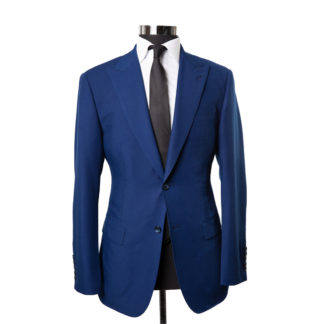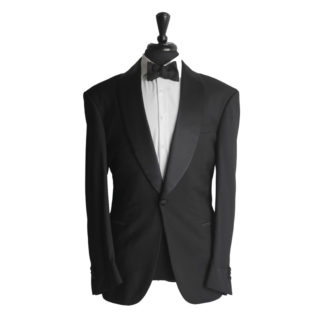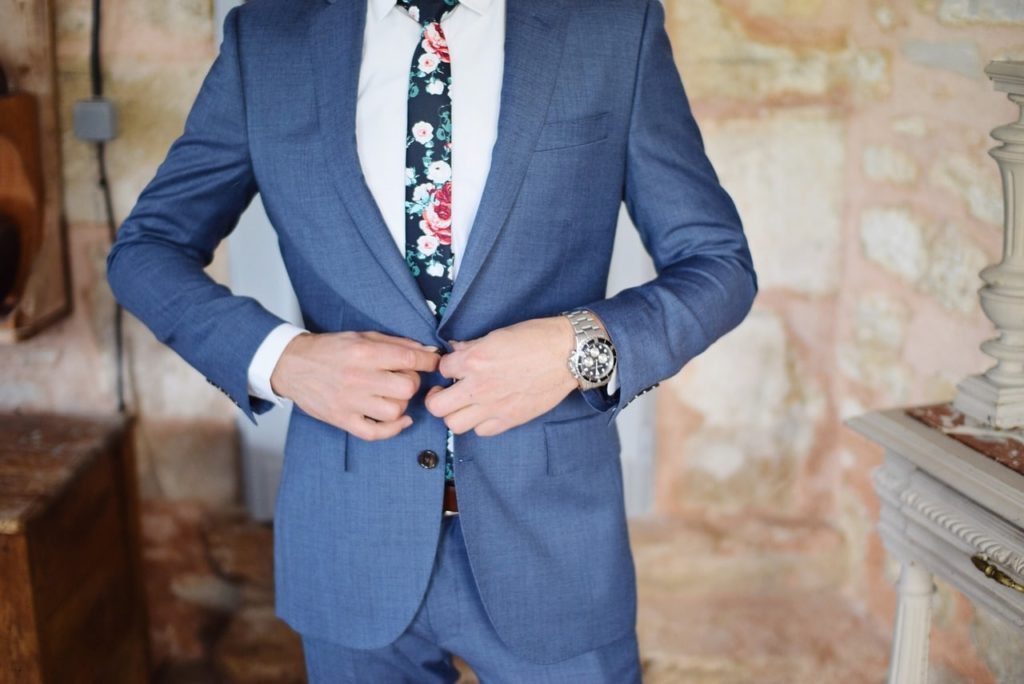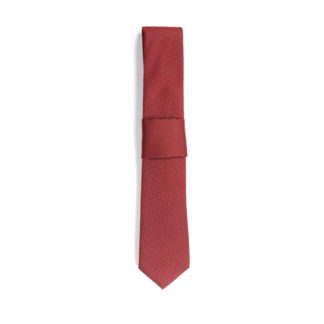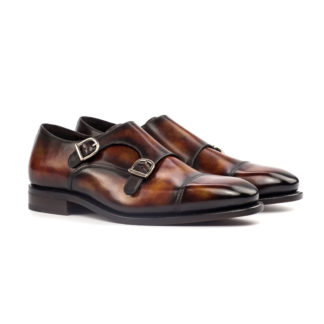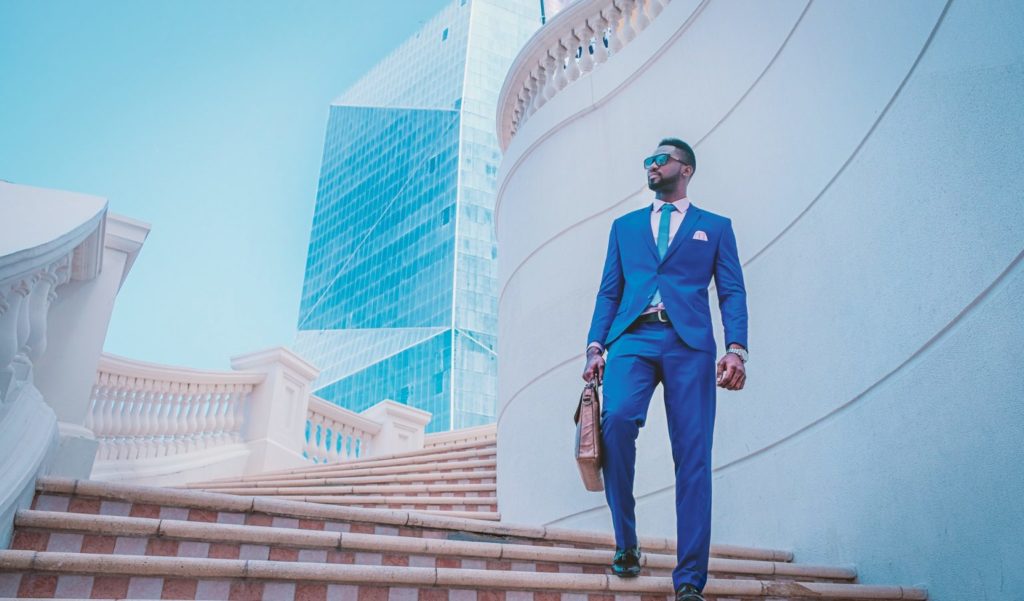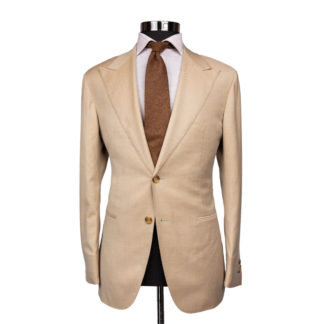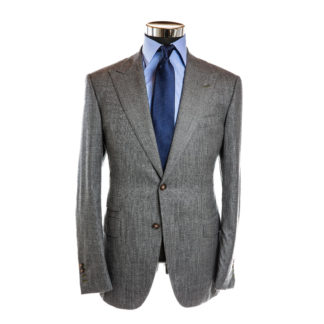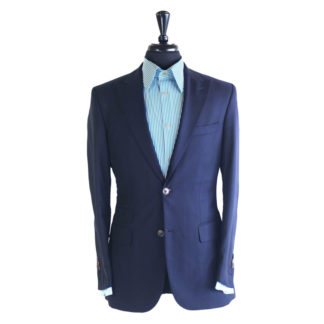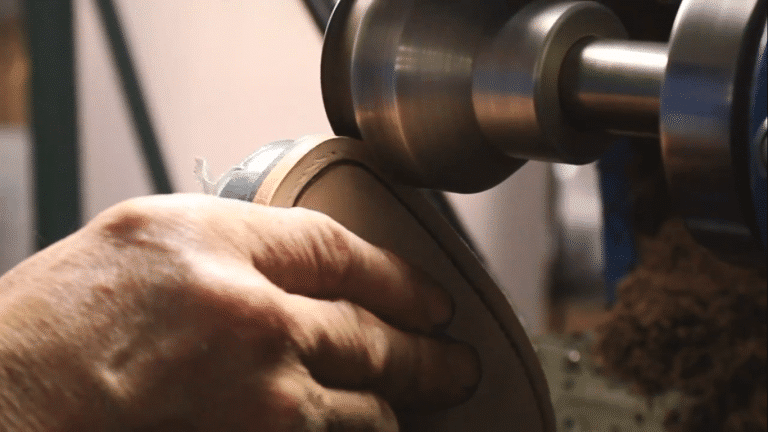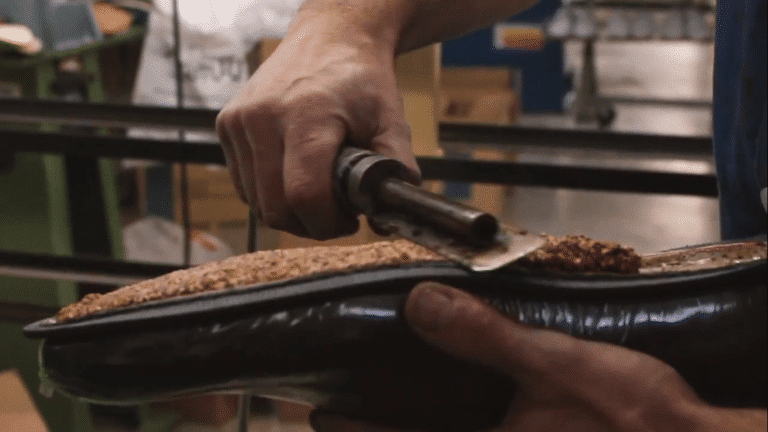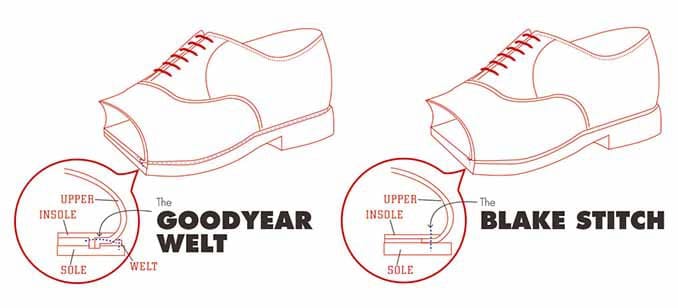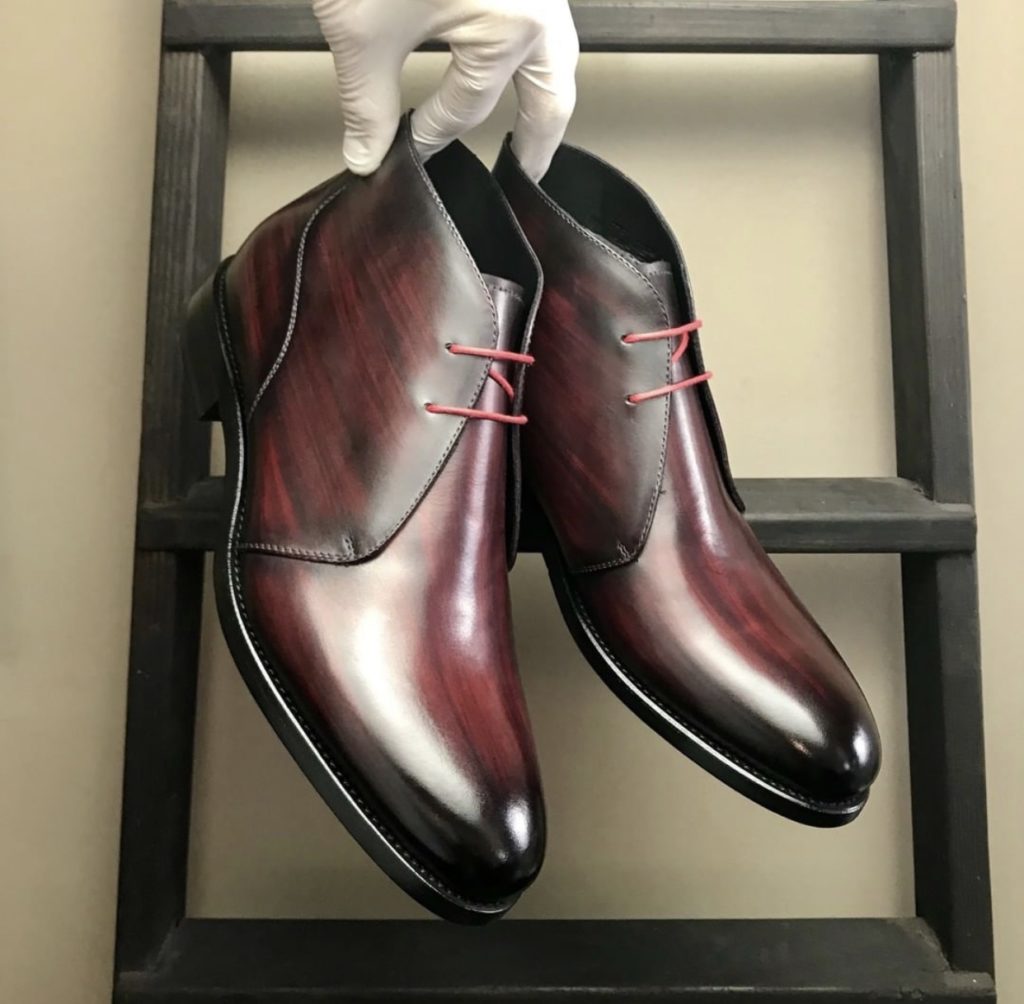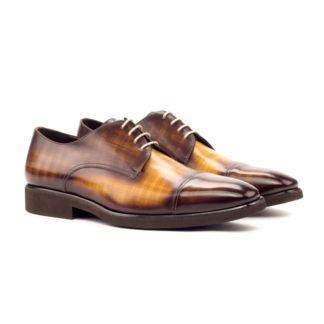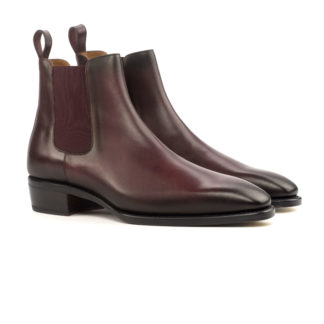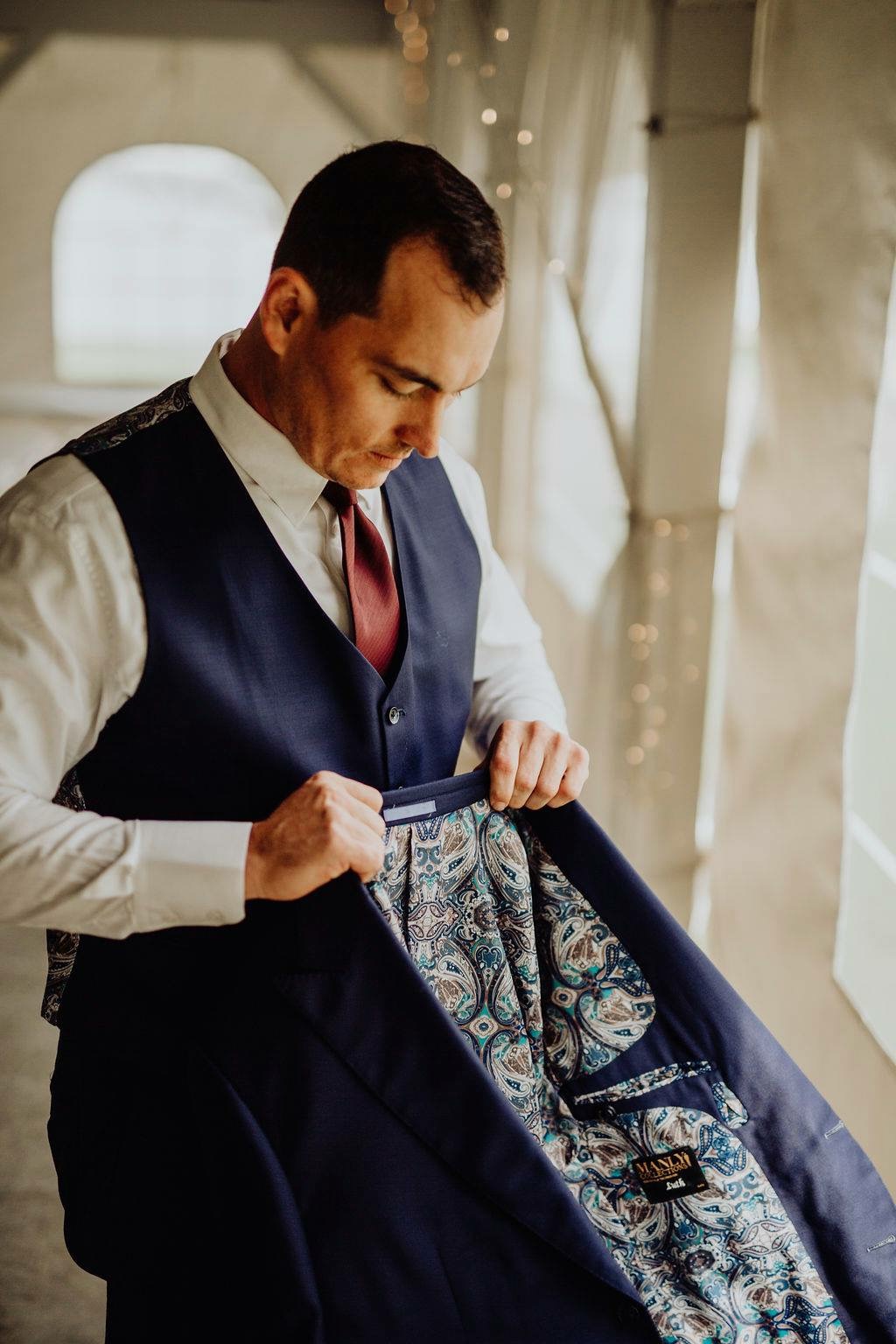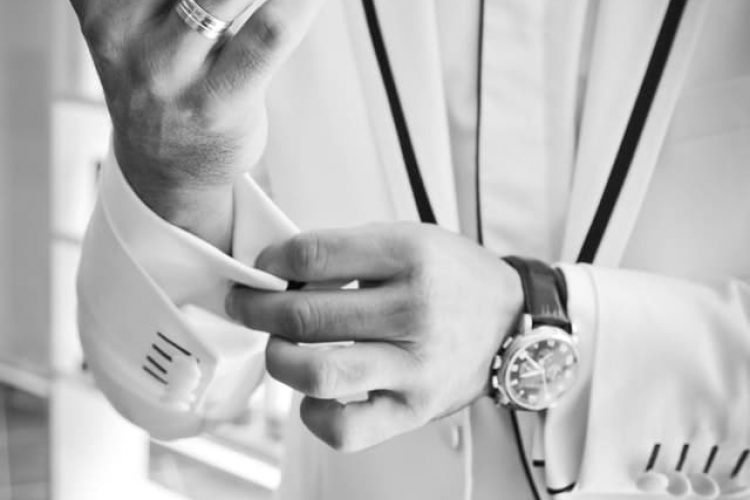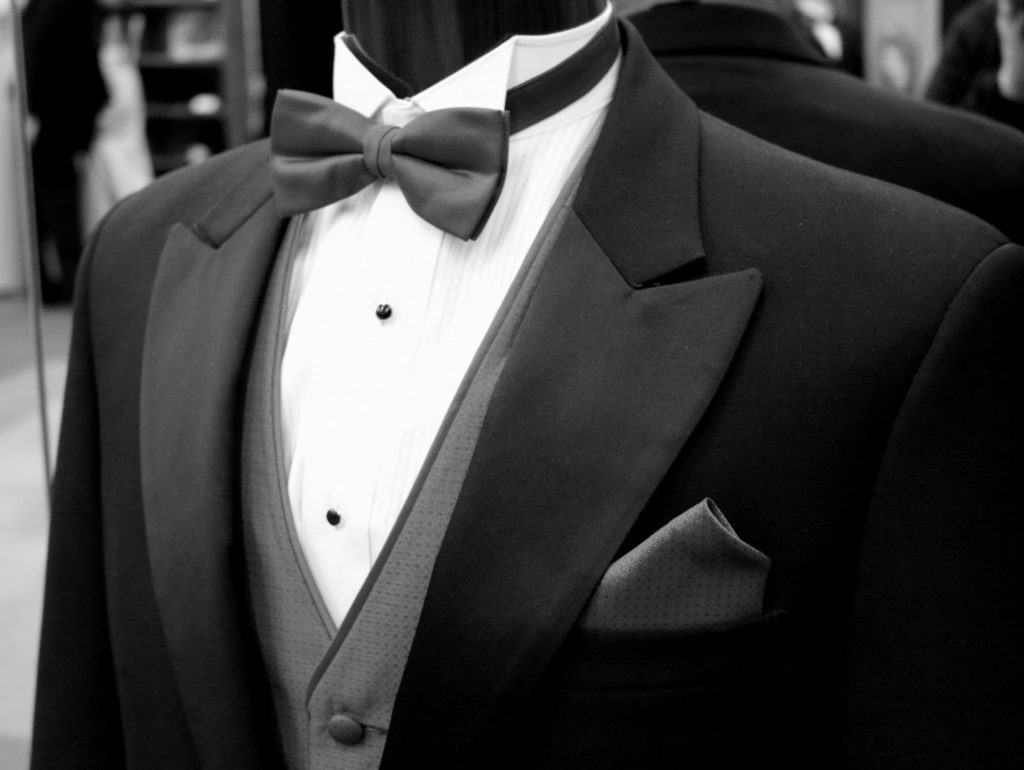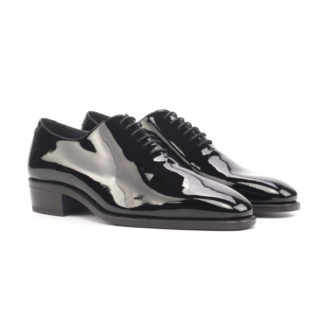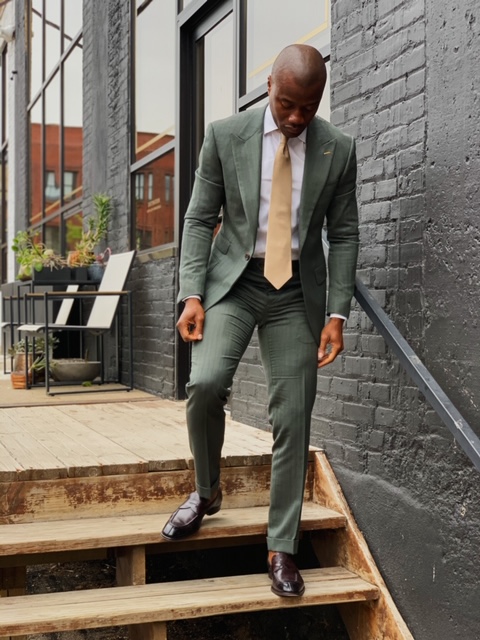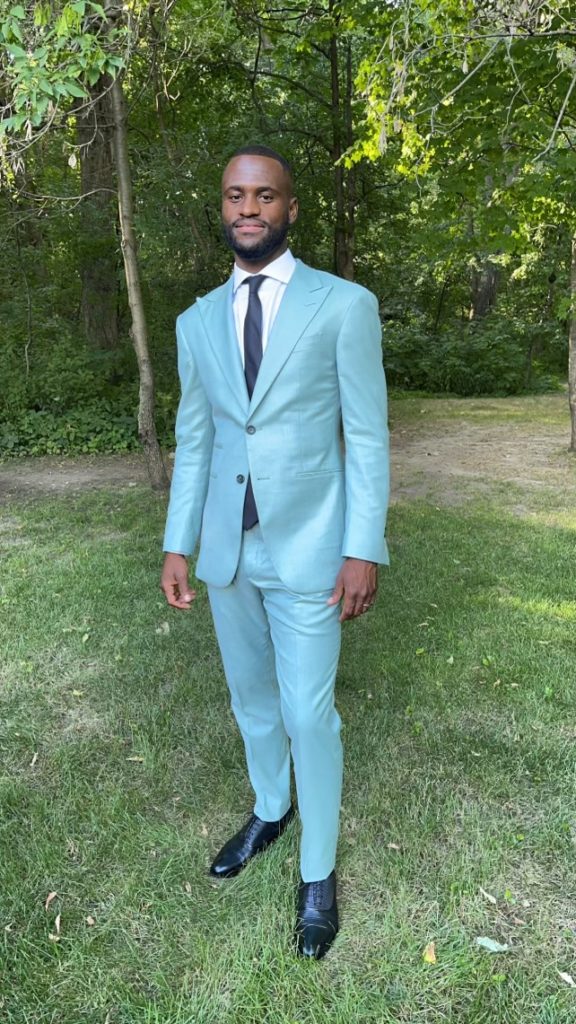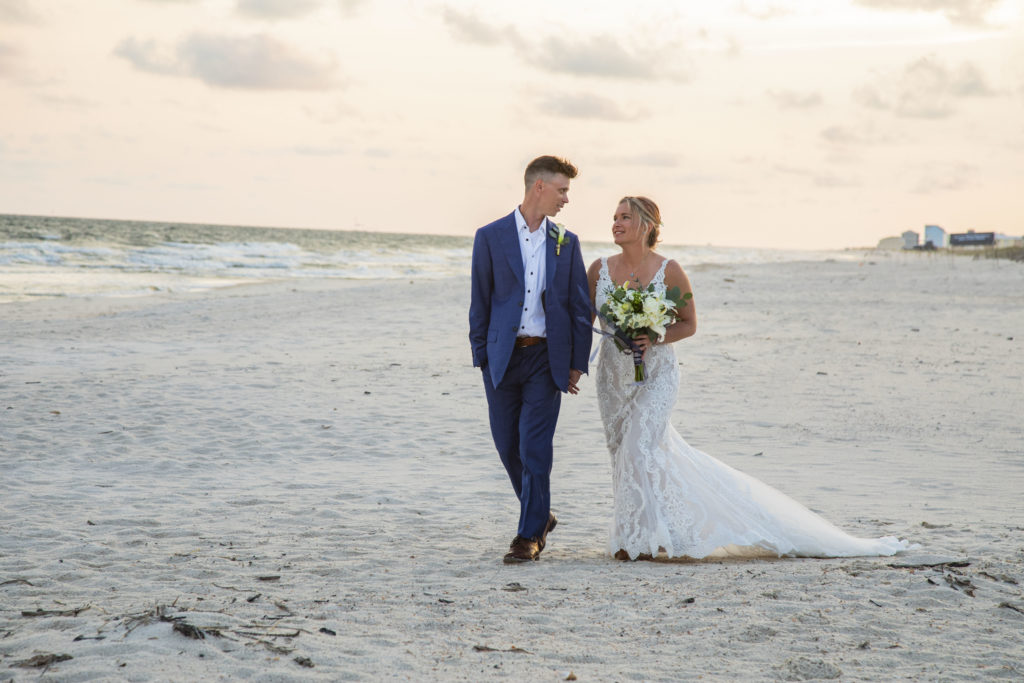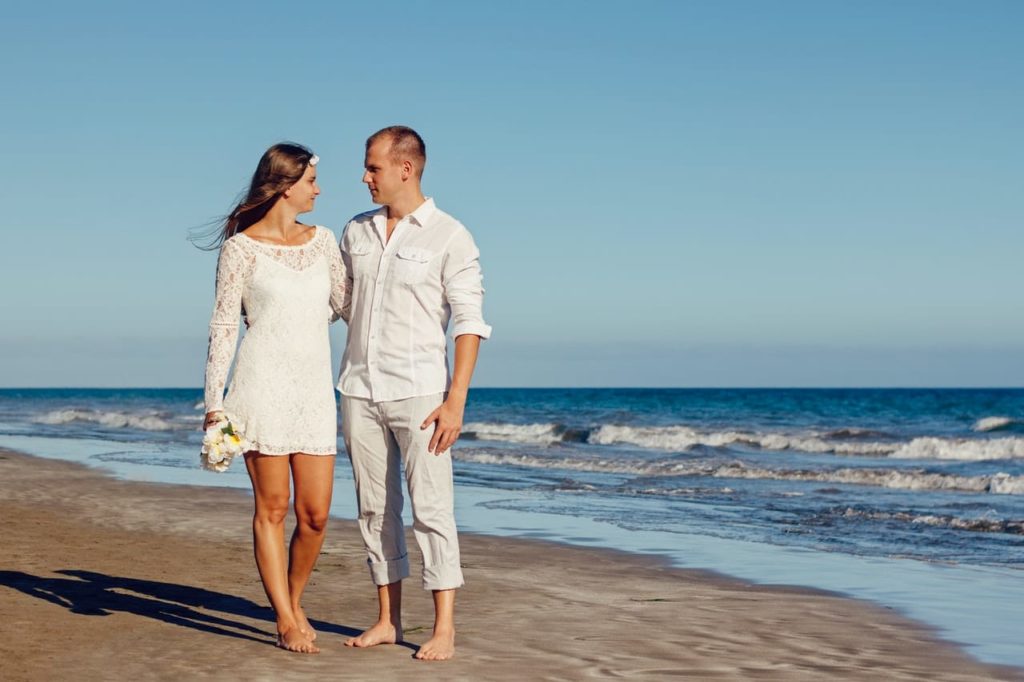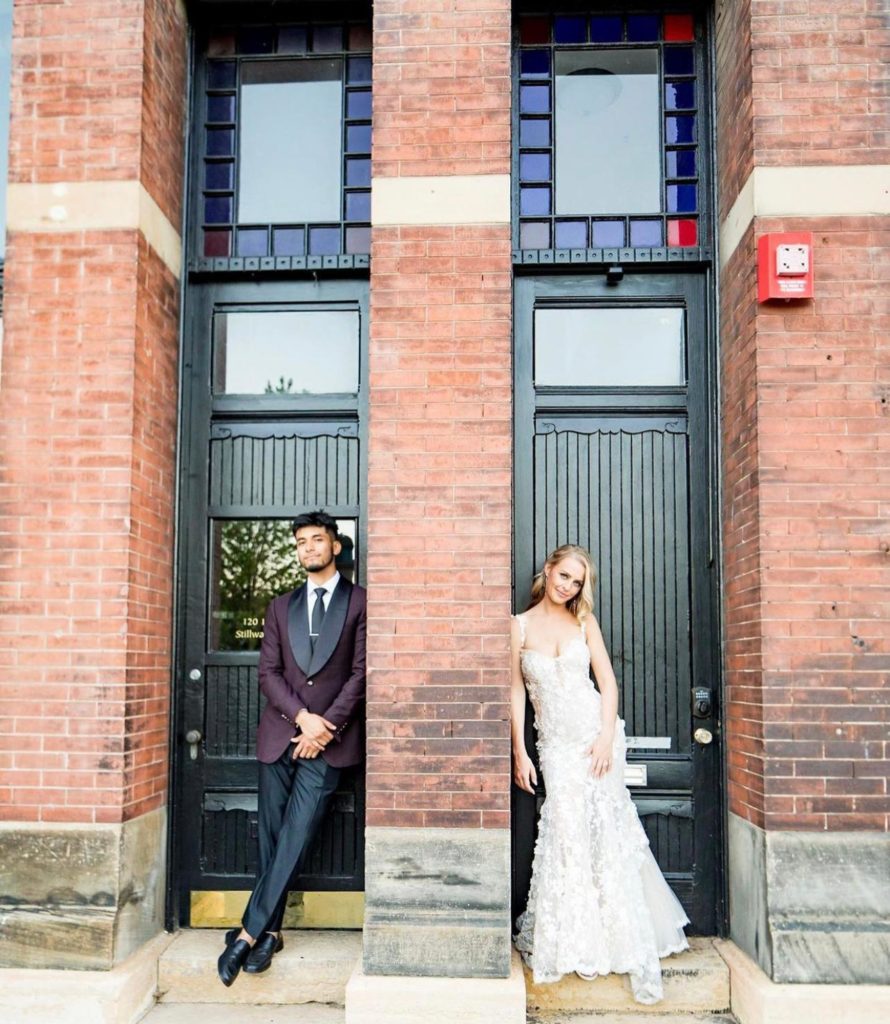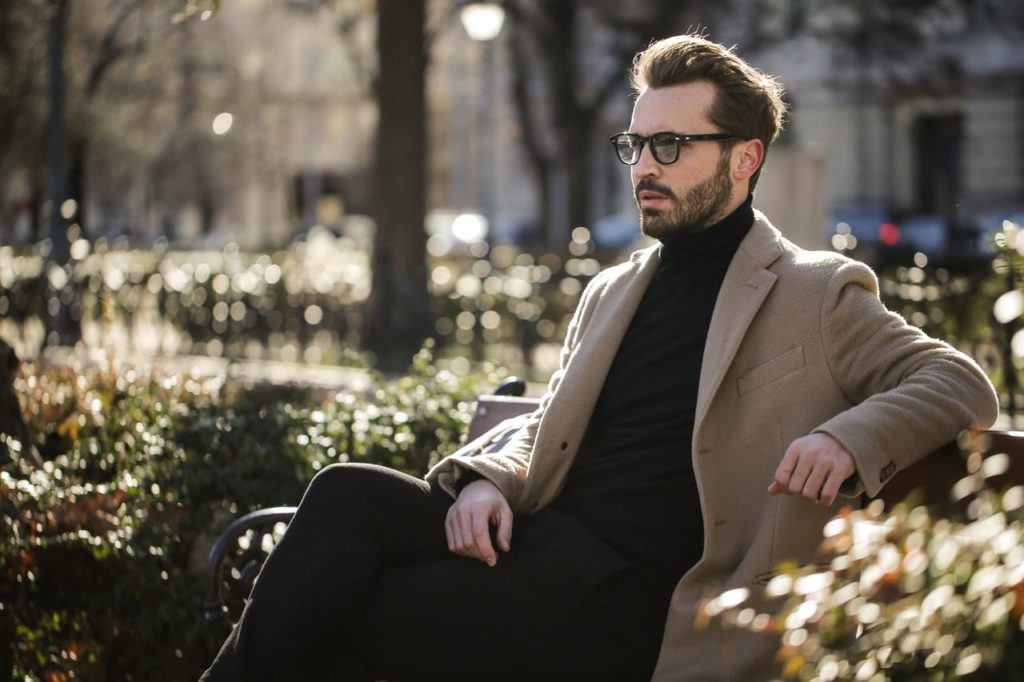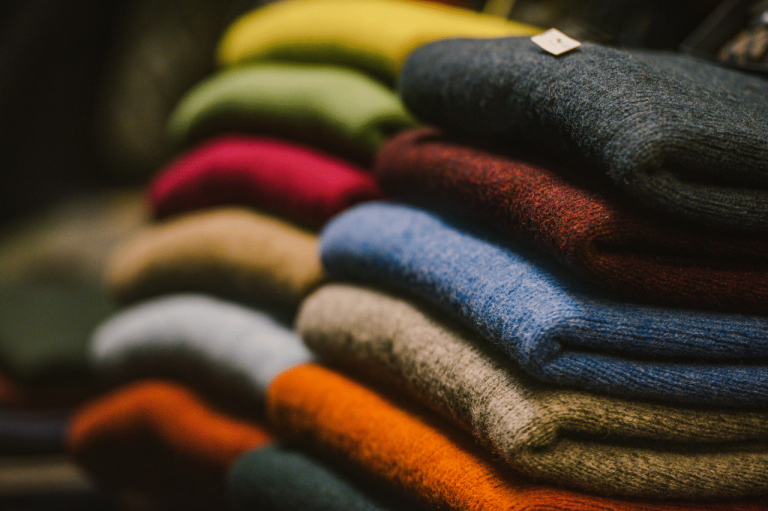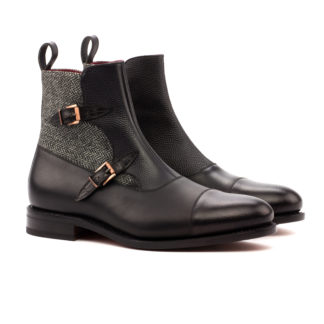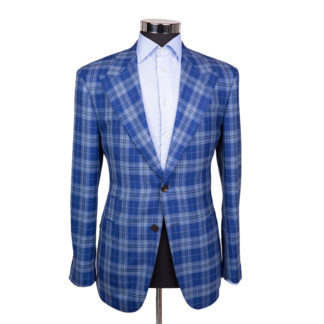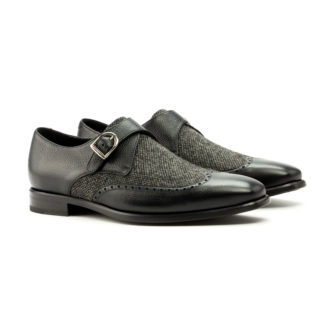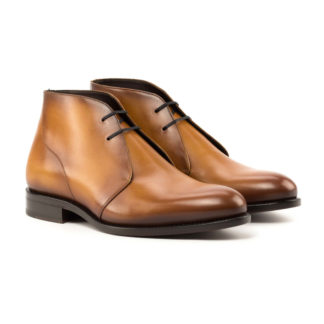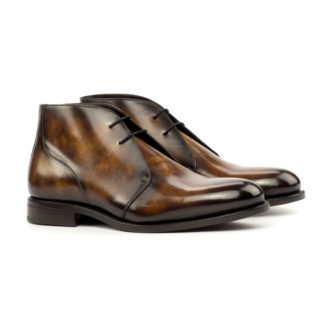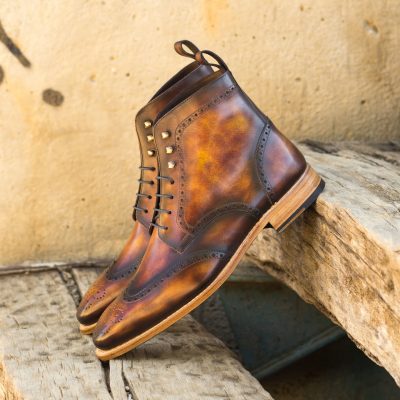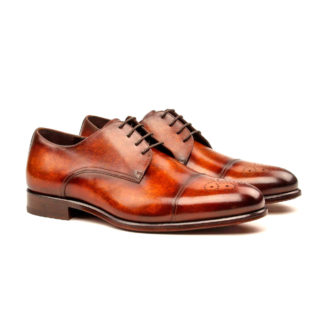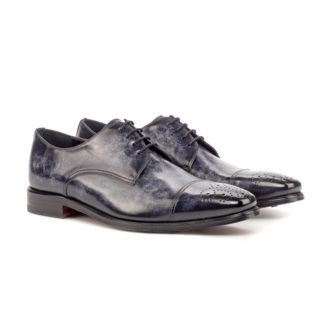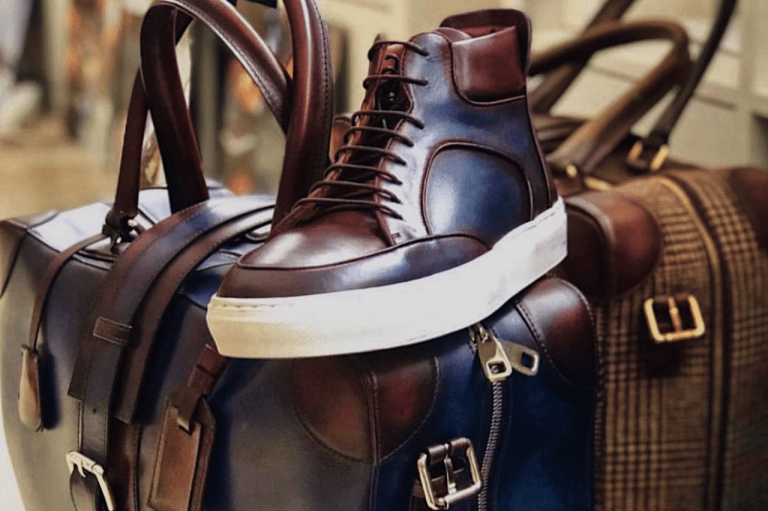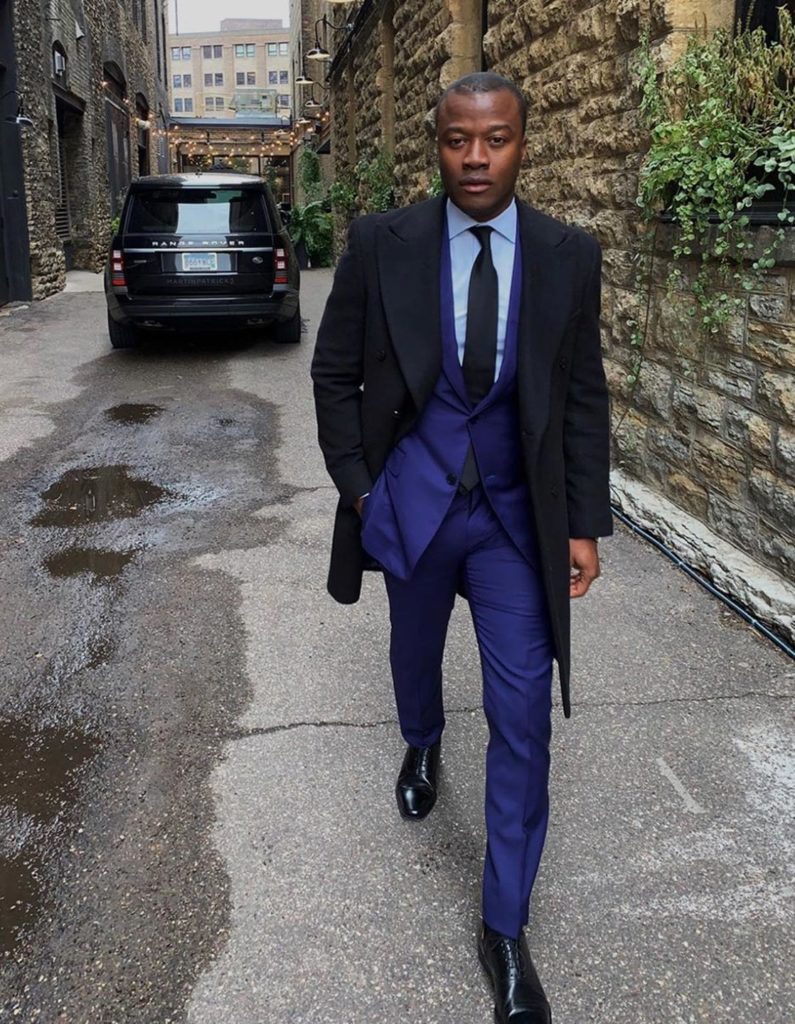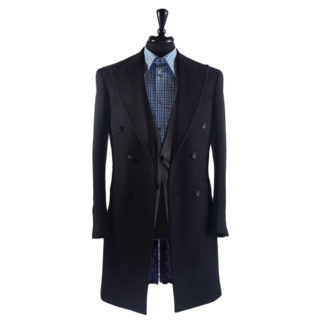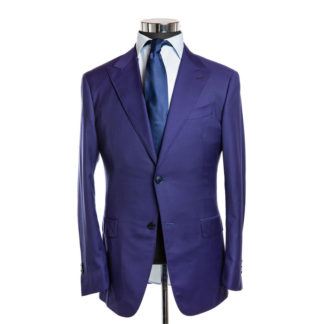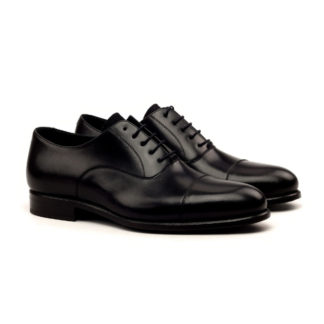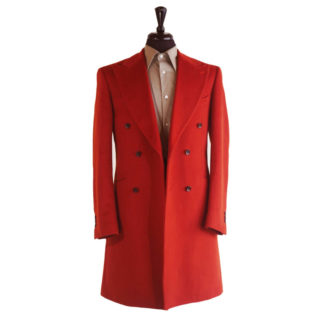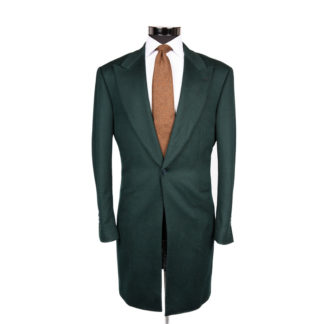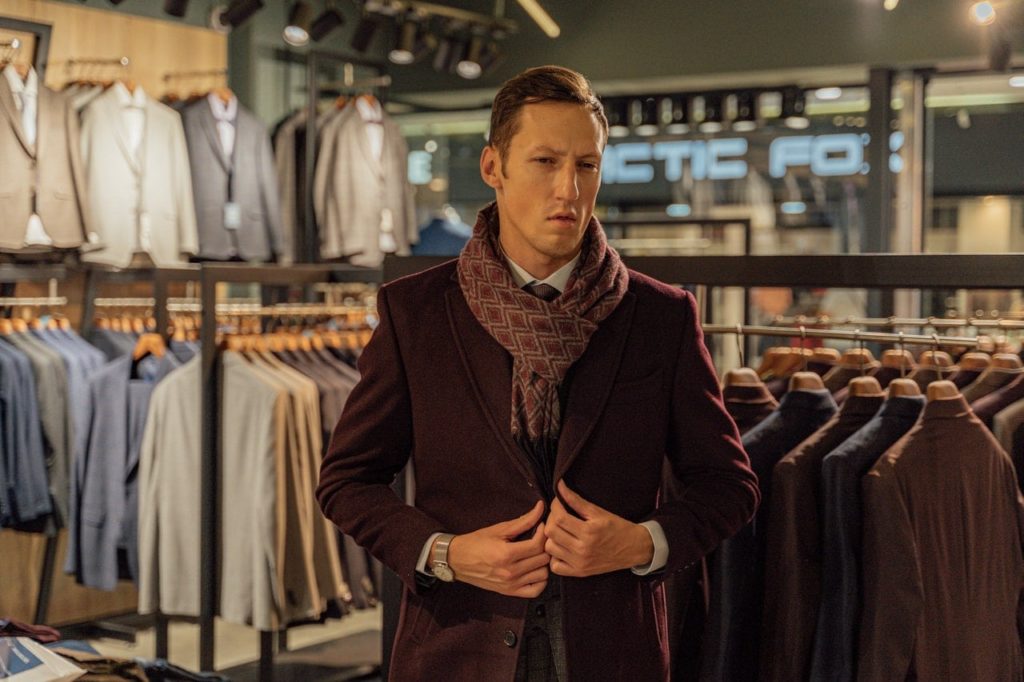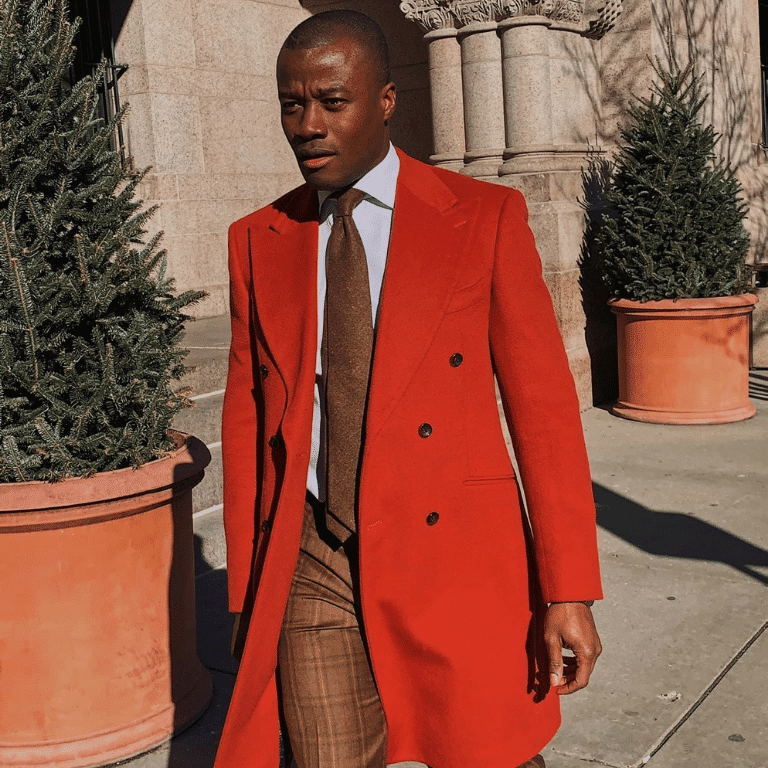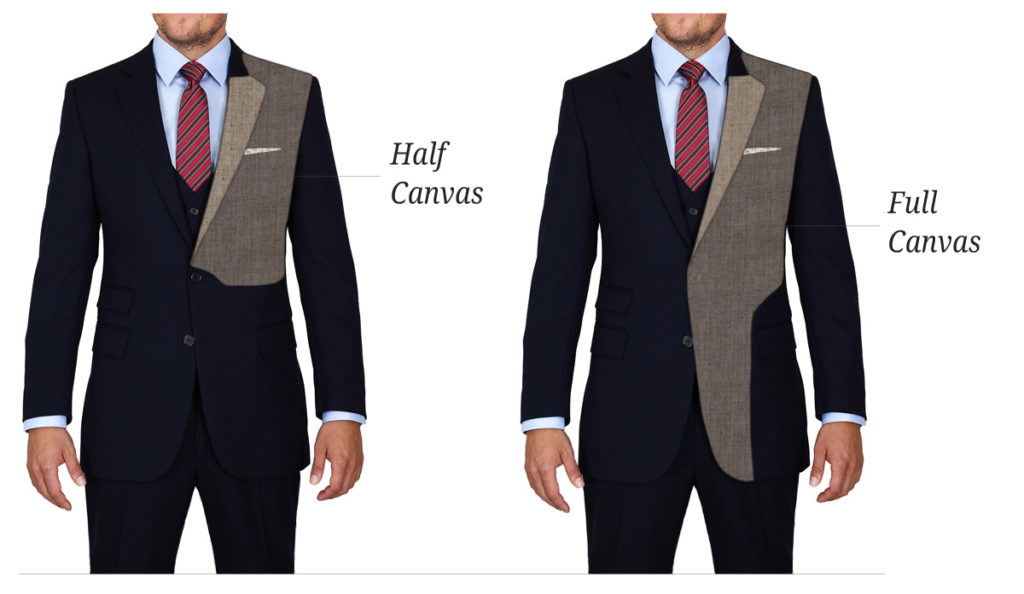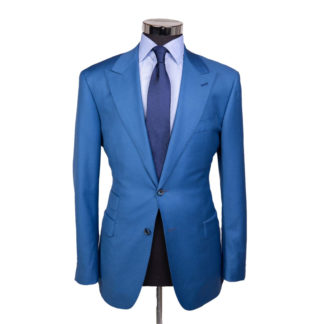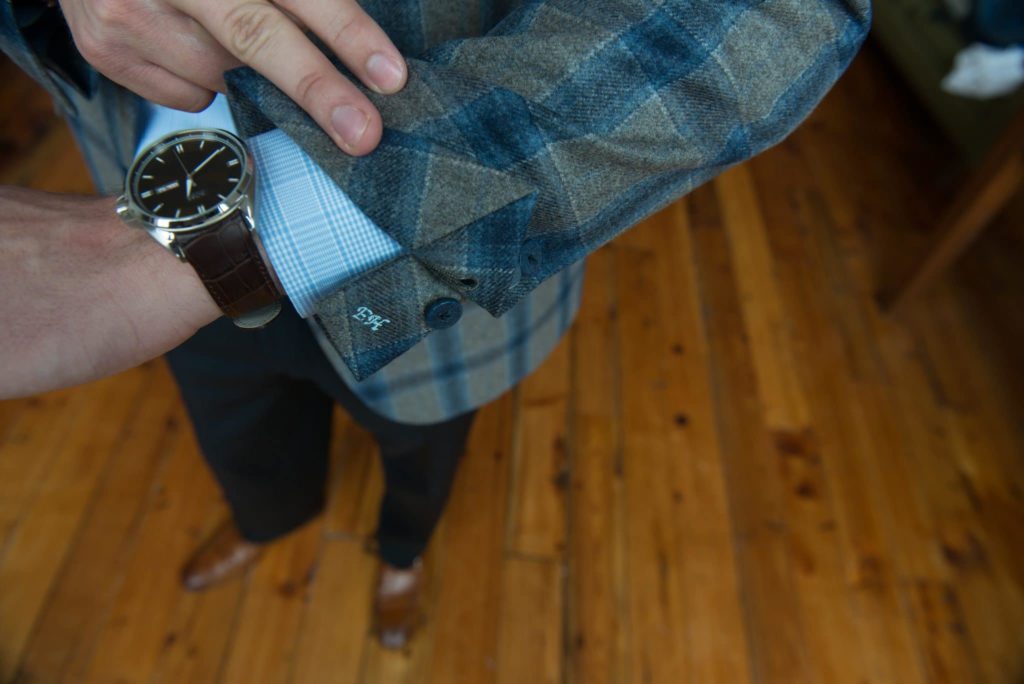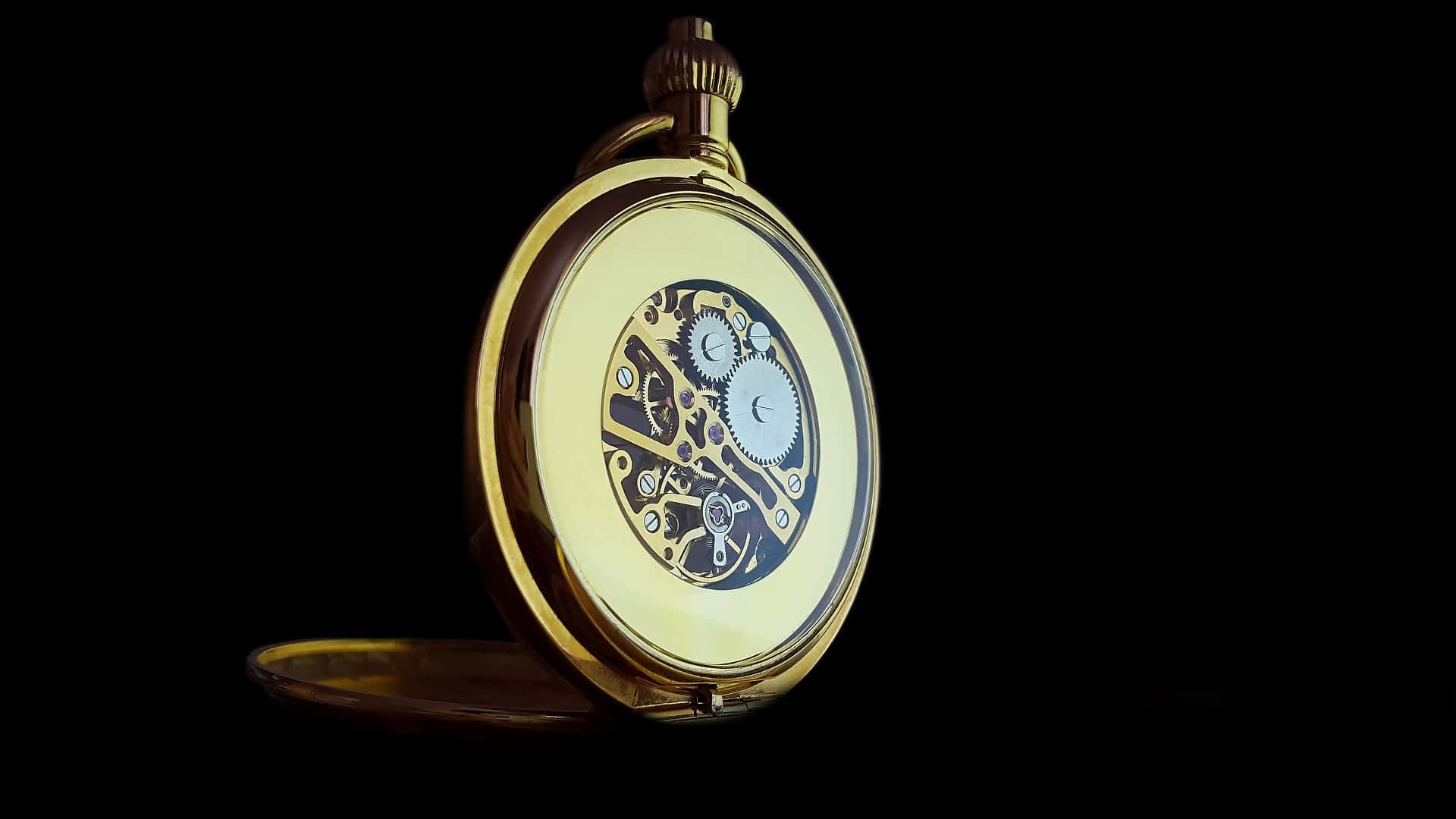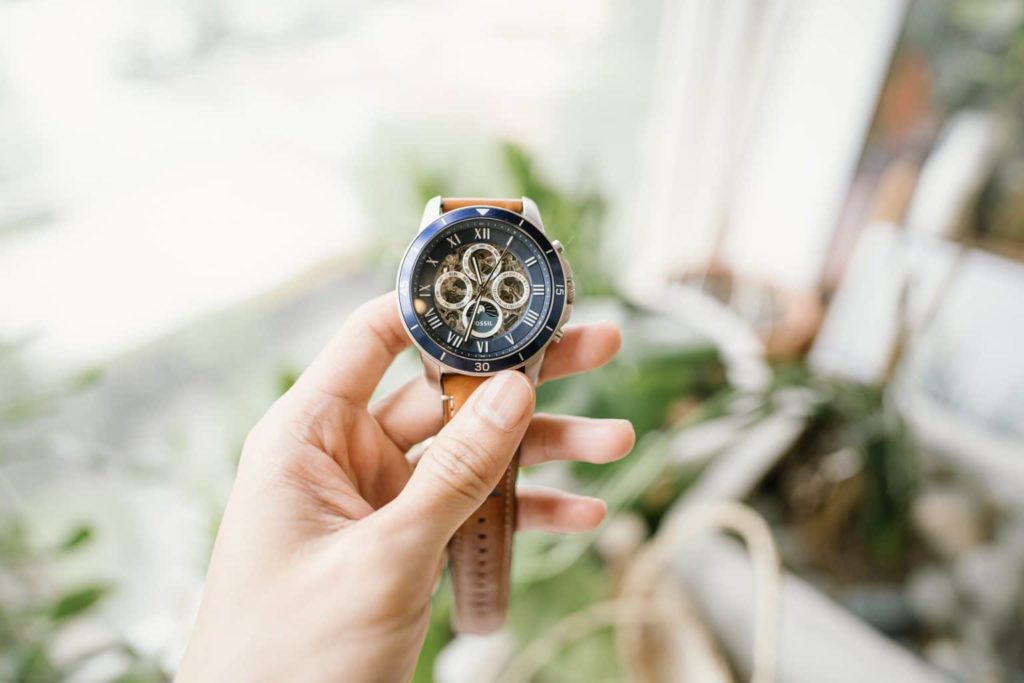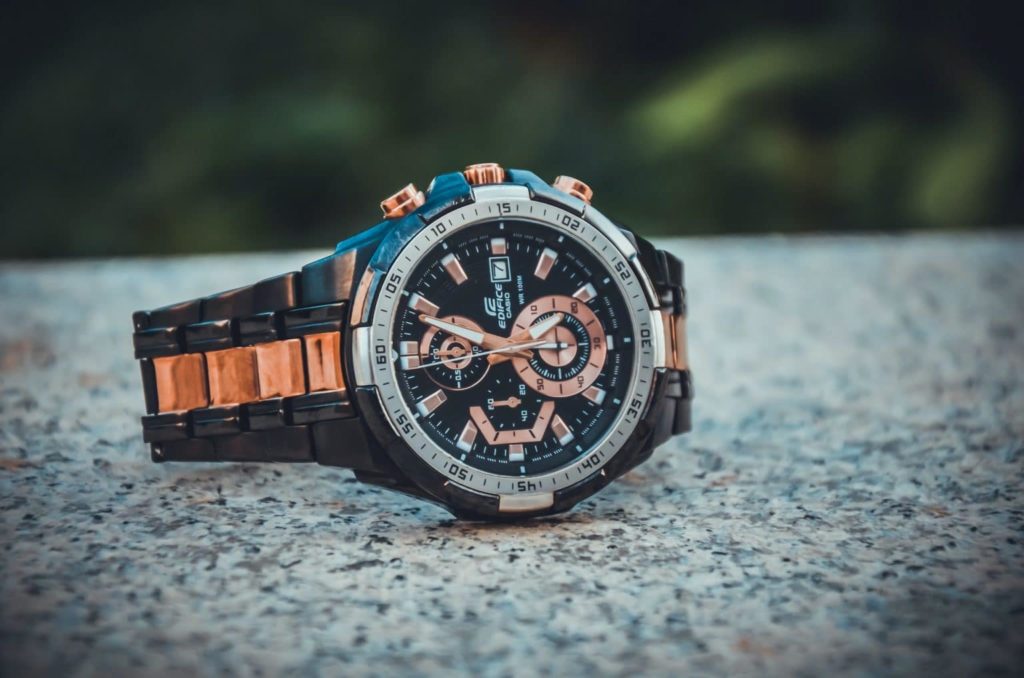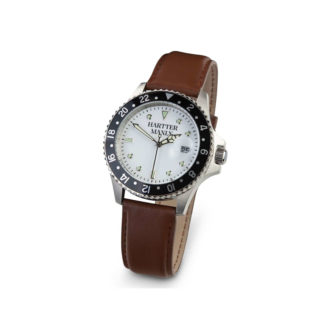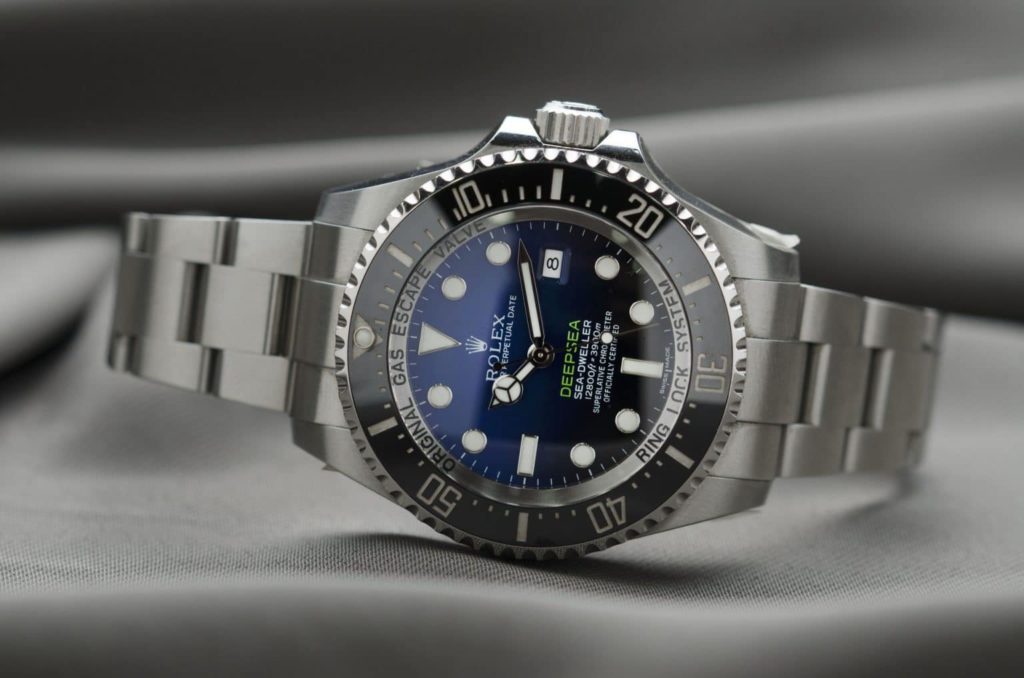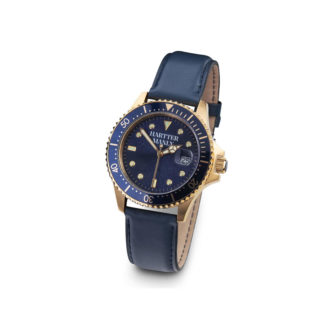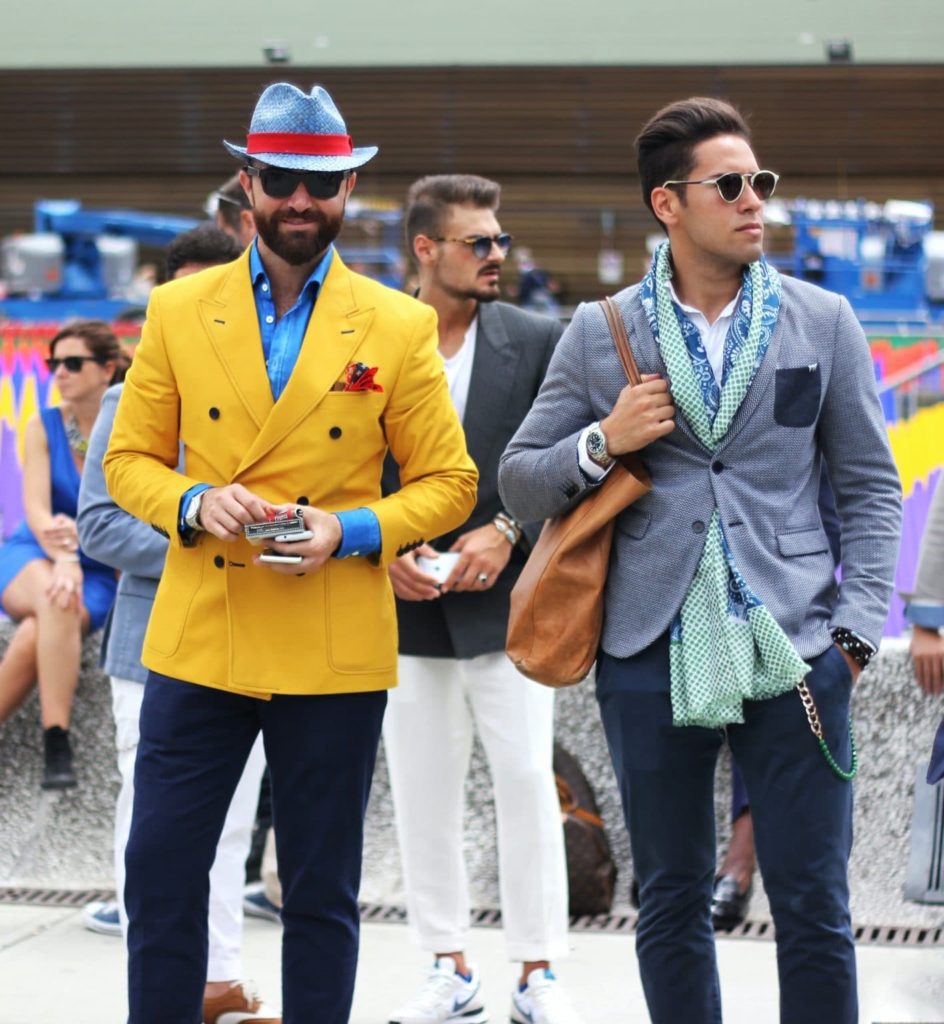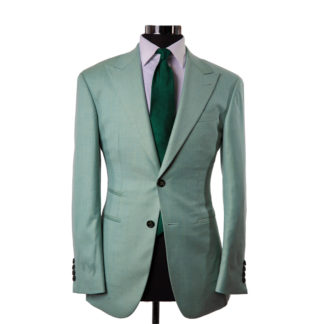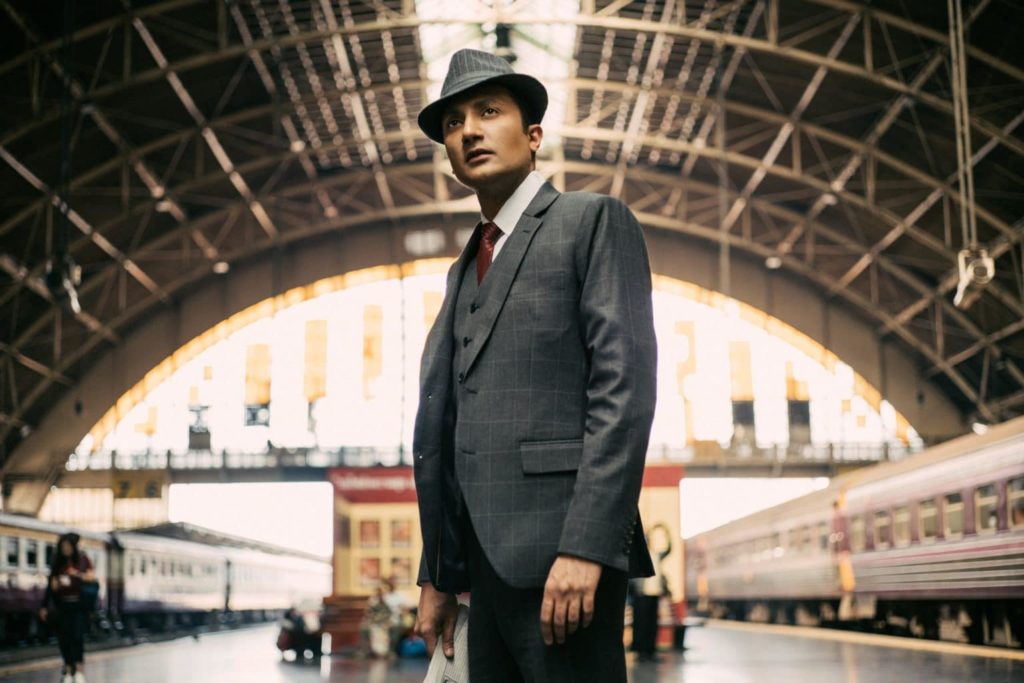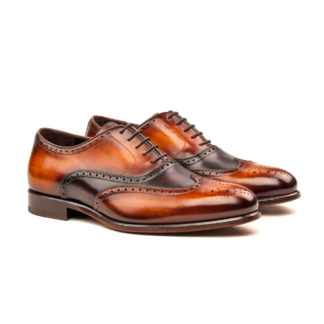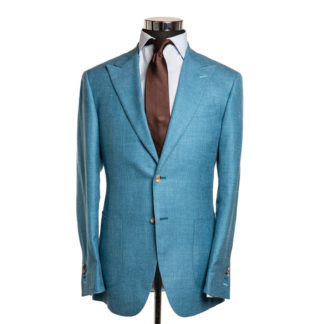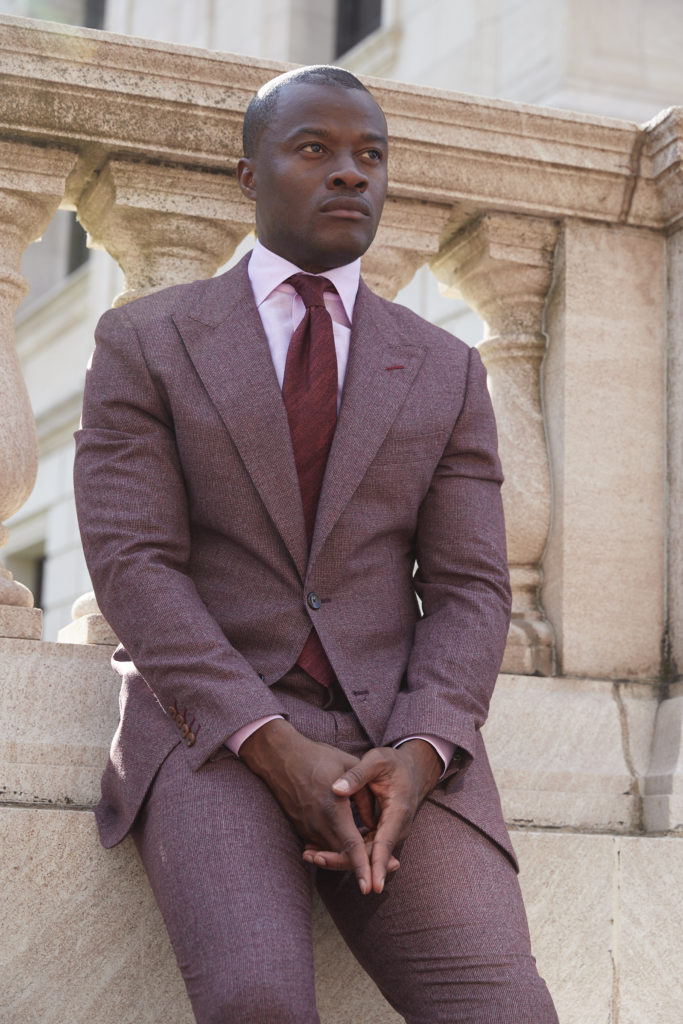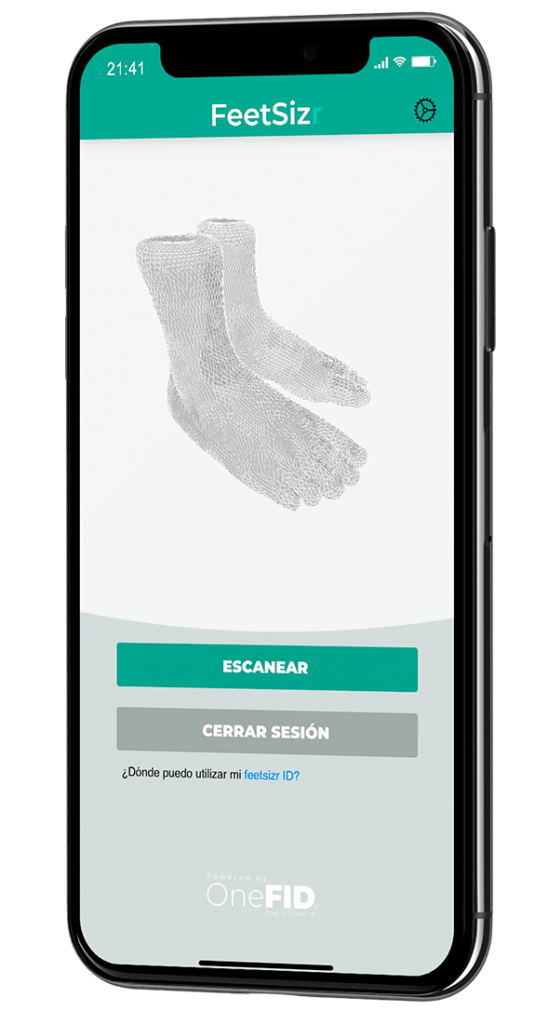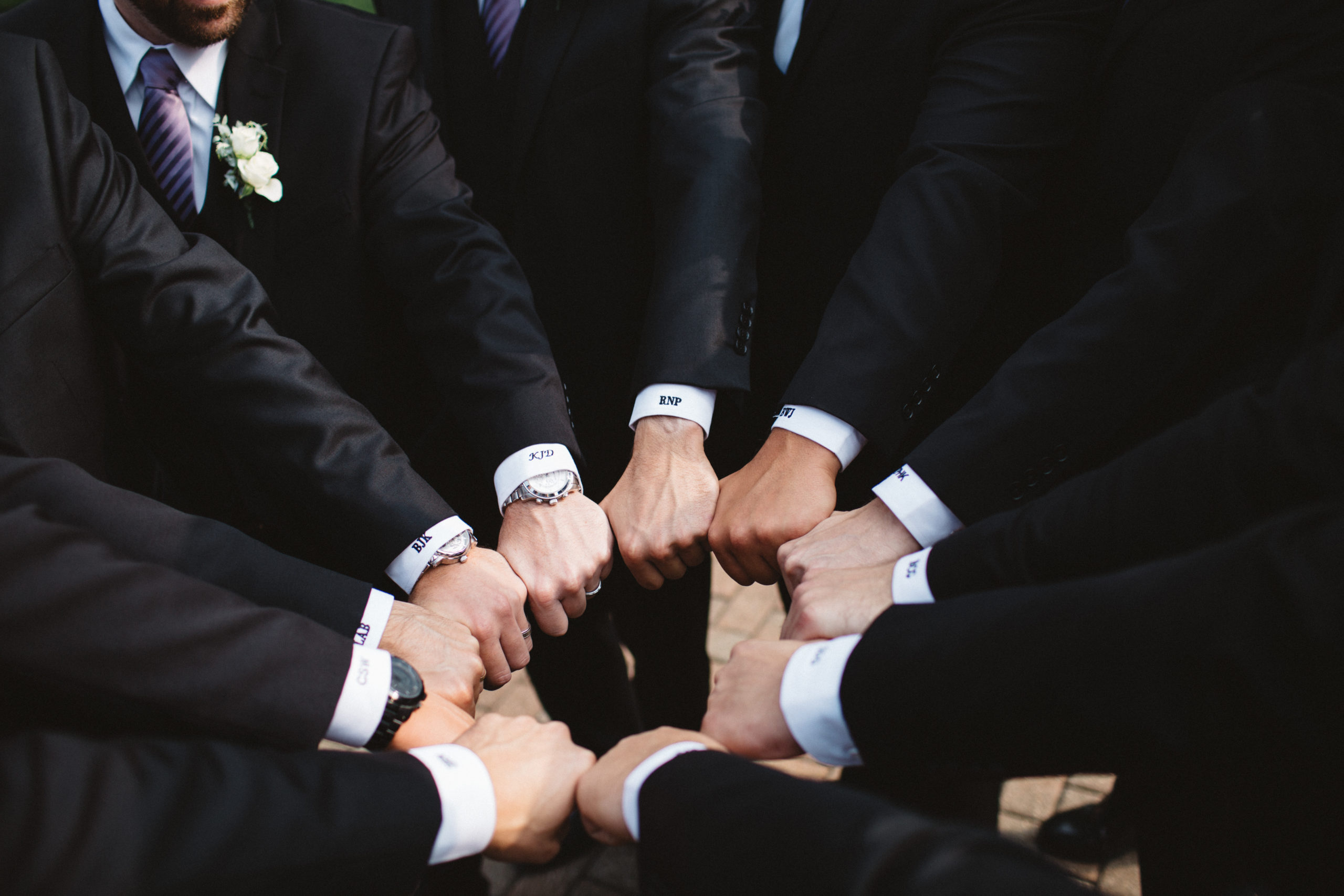
Your wedding is one of the most important days of your life, and you want everything to be perfect. A big part of that is making sure the wedding party looks great. And that includes the groomsmen attire! The pictures taken will be something you cherish forever. Here is HARTTER MANLY’s guide to ensuring your groomsmen party looks awesome on your big day.
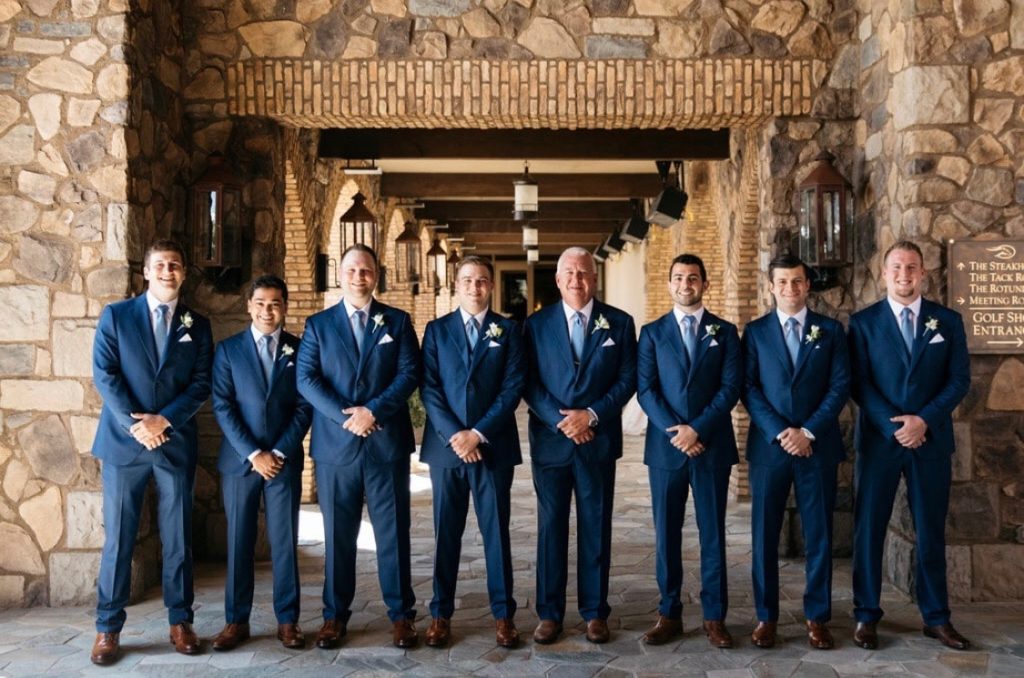
Groomsmen Attire Tip #1
Ask yourself what look you want
First, determine what direction you want to go in. That is, do you want a more formal and cohesive look? If you want the look to be tight-knit and styled to a T, you can choose matching groomsmen attire. This is the more traditional option in wedding attire, but it’s not required. Another option is to go for a look that’s more broken up. Doing so allows your groomsmen a bit of freedom to express themselves on your big day.
How to pull it off
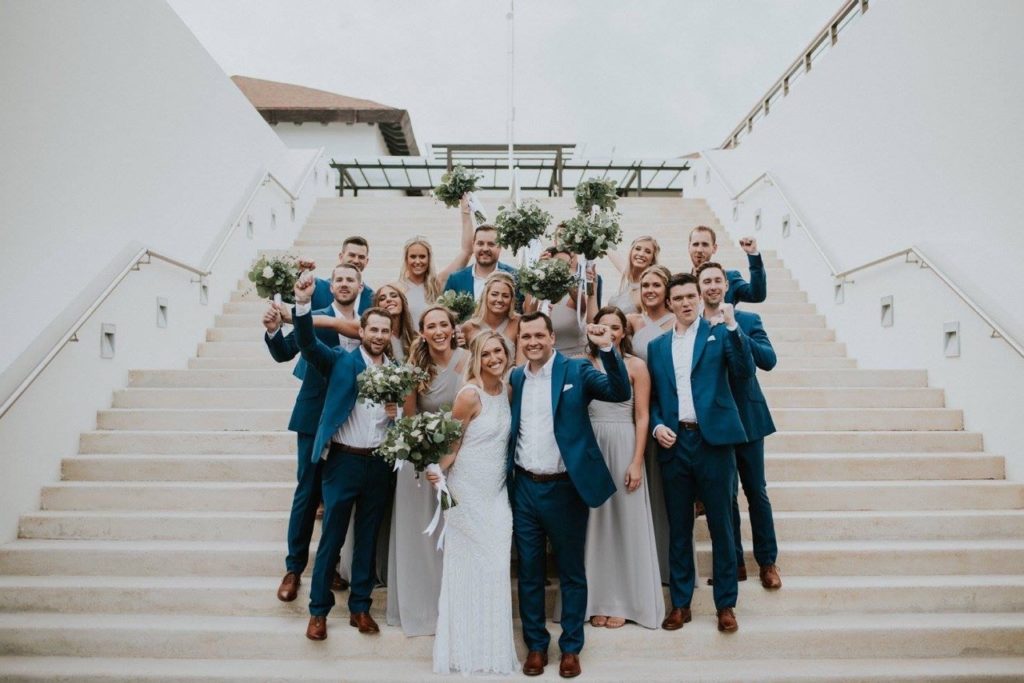
Groomsmen Attire Tip #2
What is the style of the wedding?
Consider the tone, theme, and style of the wedding. The days of requiring three-piece suits in weddings are long gone. What is your wedding dress code? Weddings can have a wide variety of themes, tones, and styles, from beach-themed to rustic to black tie. Considering the theme, you want your party’s attire to match the tone and season of the wedding. Obviously your guys would stick out like a sore thumb if they wore tuxedos to a beach wedding!
Consider your options for groomsmen attire that go with your theme
While you do want your group to look formal, there are a lot of options for groomsmen attire for any theme imaginable. Doing a rustic theme? Consider forgoing the jackets and dress your guys in suspenders and a bow-tie. Getting married by the sand and the waves? Try lighter linen suits. Are you a country couple? Clean dark denim, a crisp white custom shirt, and cowboy boots look great. That is, so long as they look neat and tidy. All in all, you want your party to fit in well with the style your wedding is going for.
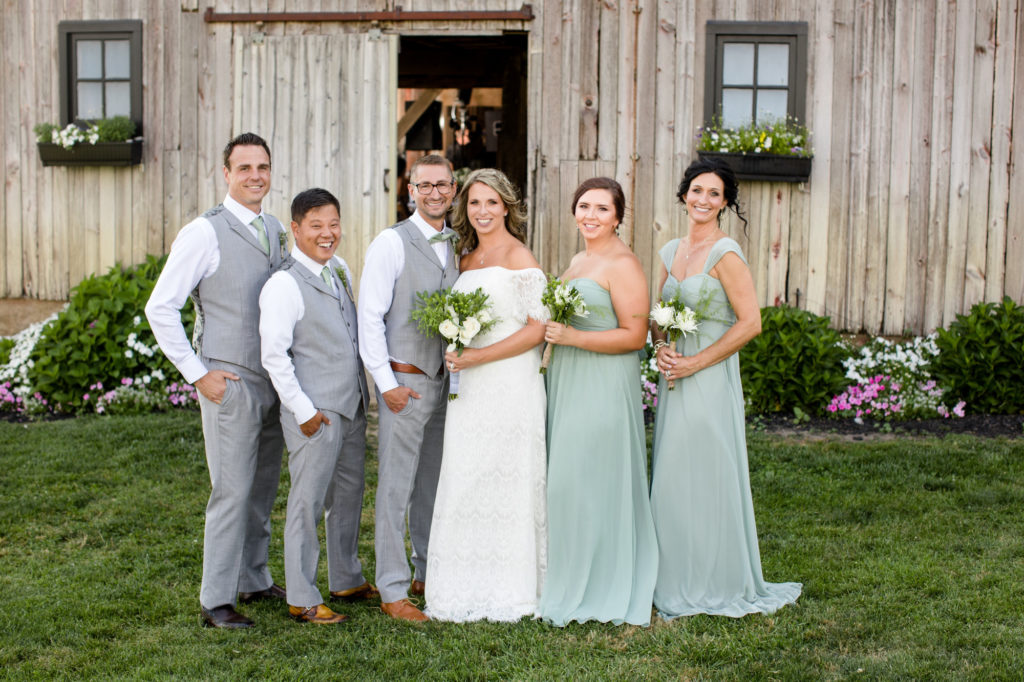
Groomsmen Attire Tip #3
Coordinate groomsmen attire with your better half
So you’ve perfected the look of your groomsmen so they blend with your attire. Remember, you need to be sure their look complements your partner’s party as well. Your groomsmen don’t have to match your spouse-to-be’s party perfectly, though. So long as they have similar elements here and there, or common colors, everything will look great. In fact, you do want there to be a little bit of variety between the two parties. All in all, you and your partner’s parties say a little bit about who you each are as people.
How to do it
The most common way to tie the two parties together is to use elements with similar colors. You can either use colors from the same family, or you can have them use a separate color that is part of your wedding’s color palette. Those same colors and will be used throughout the ceremony in other elements, such as bouquets, seating, or decor. HARTTER MANLY’s customers often match their garment’s button stitch to either the bridesmaids’ dress color, or match the tie and/or pocket square.
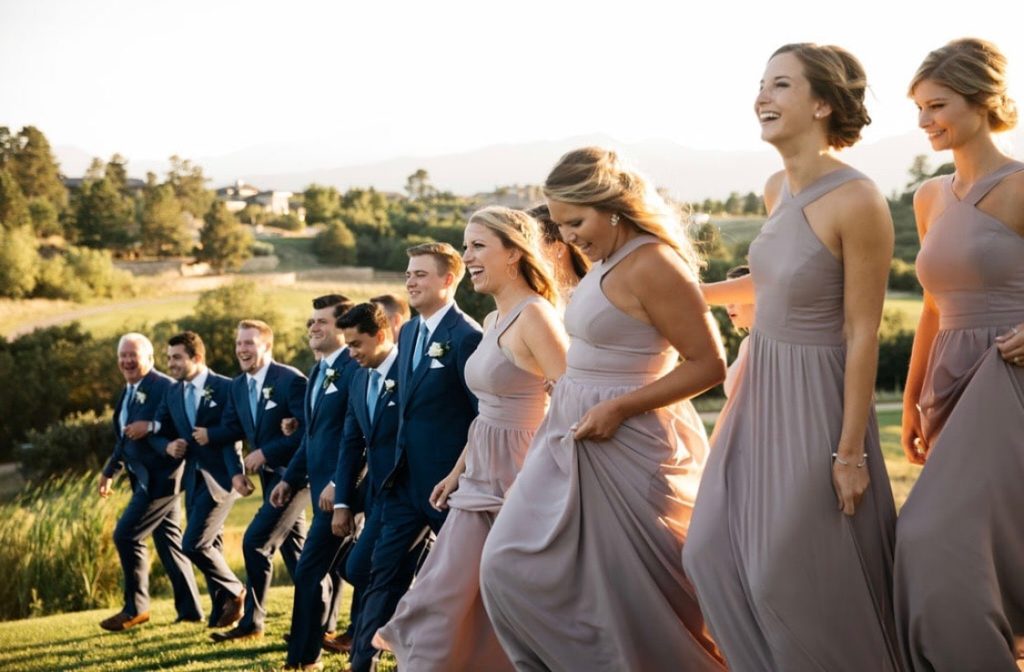
Groomsmen Attire Tip #4
Keep the cost of groomsmen attire in mind
Typically, groomsmen pay for their attire themselves, whether they purchase the look or use a rental service. Your groomsmen might come from a different income level than you and even each other, and you want to be sure that you’re not throwing a massive unexpected expense at them. Keep the cost in mind as you’re building your look, and get your groomsmen’s thoughts up front on what they are comfortable paying.
How to manage the cost for your groomsmen
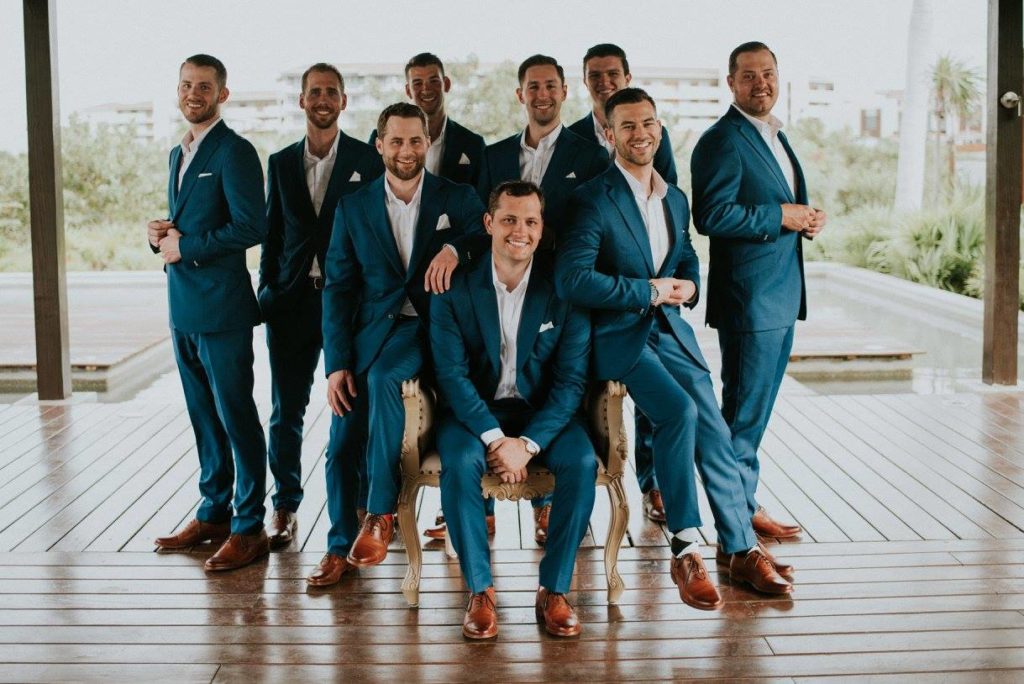
Groomsmen Attire Tip #5
Remember every guy is different
Your groomsmen are probably of all different shapes and sizes. You want to pick a look that is going to look great on all of them. If you are worried about the look you pick being unflattering on certain guys in your party, consider giving them the basic parameters – color, fabric, elements like tie and pocket square – and then allow them to find a fit that works for their shape. In a situation where they are all of vastly different shapes, it may be a good idea to go with the concept we mentioned at the beginning: having them all wear different things with some smaller elements in common, or go the custom fit route.
Tying it all together
There’s a lot of work that goes into making your big day perfect for you and your partner. Every single element says something about you two as people and your relationship as a whole. Dressing the wedding party is one of the most important aspects of creating a wedding to remember, and there are many different approaches you can take when crafting your look. Sit down with your guys and your better half and talk about the style and tone you want your wedding to have, deliberate a bit, and use these guidelines to create the perfect look for your big day. If you are interested in renting versus buying, check out HARTTER MANLY’s Rental Options. Happy planning!
